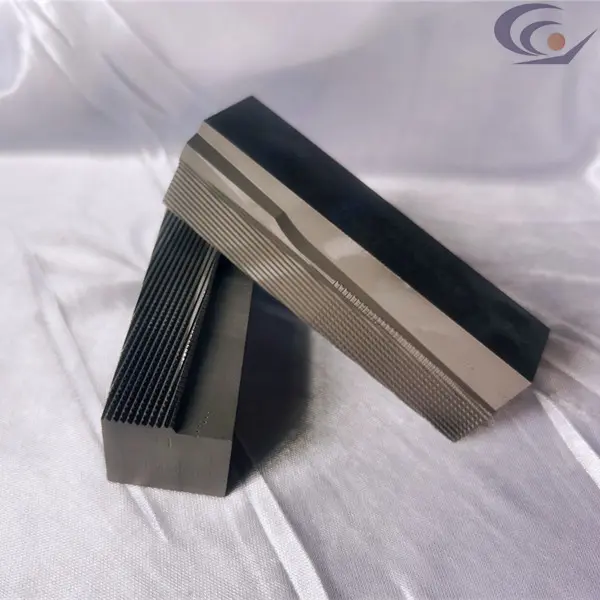Introduce:
In manufacturing and engineering, the quest for stronger, more durable materials is an ongoing effort. Die design and material selection play a crucial role in wire rod production. Among the various options available, tungsten carbide drawing dies are a special choice due to their superior versatility and durability. This blog aims to clarify the salient features of tungsten carbide wire drawing dies and reinforce their importance in the wire manufacturing process.
The Versatility of Tungsten Carbide Drawing Dies:
Tungsten carbide drawing dies are designed to withstand high pressure environments and abrasive forces due to their inherent hardness. This makes them ideal for drawing and forming wire made of different materials ranging from steel and copper to aluminum and more. The versatility of these dies enables manufacturers to produce wire rods in various diameters to meet different industrial needs.
Create wire strength and consistency:
Wire deformation during drawing is a common concern in manufacturing. However, tungsten carbide molds have excellent wear resistance, deformation resistance and corrosion resistance. These properties ensure consistent wire dimensions and a high-quality surface finish, ultimately imparting exceptional strength and integrity to the drawn wire. This remarkable property is crucial for increasing the tensile strength of the wire and making it suitable for a variety of applications across industries.
Durability and longevity:
The service life of wire drawing dies is critical to any wire manufacturing facility. Tungsten carbide drawing dies outperform other options in terms of durability and wear resistance. The hardness of tungsten carbide enables these dies to withstand high working pressures and grinding forces, resulting in longer die life. This significantly reduces die change frequency and downtime, ultimately increasing the wire manufacturer’s productivity and reducing overall costs.
Improve cost-effectiveness:
While the initial cost of tungsten carbide drawing dies may be higher compared to other alternatives, their longevity and durability ultimately make them a more cost-effective option in the long run. Manufacturers can realize significant cost savings through reduced replacement charges, reduced machine downtime, and increased throughput, making tungsten carbide dies a prudent investment for wire rod production facilities.
In conclusion:
It is undeniable that tungsten carbide wire drawing dies bring several advantages to the wire manufacturing industry. Their inherent versatility, durability, and longevity make them indispensable tools for producing wire of all sizes and materials, while maintaining exceptional strength and consistency. These molds offer significant cost benefits by reducing maintenance and replacement costs due to their excellent wear and corrosion resistance. With the continuous development of wire rod manufacturing, tungsten carbide wire drawing dies will continue to be the leading force in the pursuit of excellence in wire rod production technology.
Post time: Aug-15-2023



